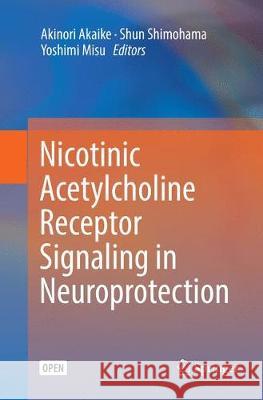Nicotinic Acetylcholine Receptor Signaling in Neuroprotection » książka
topmenu
Nicotinic Acetylcholine Receptor Signaling in Neuroprotection
ISBN-13: 9789811341663 / Angielski / Miękka / 2019 / 191 str.
Kategorie BISAC:
Wydawca:
Springer
Język:
Angielski
ISBN-13:
9789811341663
Rok wydania:
2019
Wydanie:
Softcover Repri
Ilość stron:
191
Waga:
0.32 kg
Wymiary:
23.62 x 21.08 x 1.02
Oprawa:
Miękka
Wolumenów:
01











